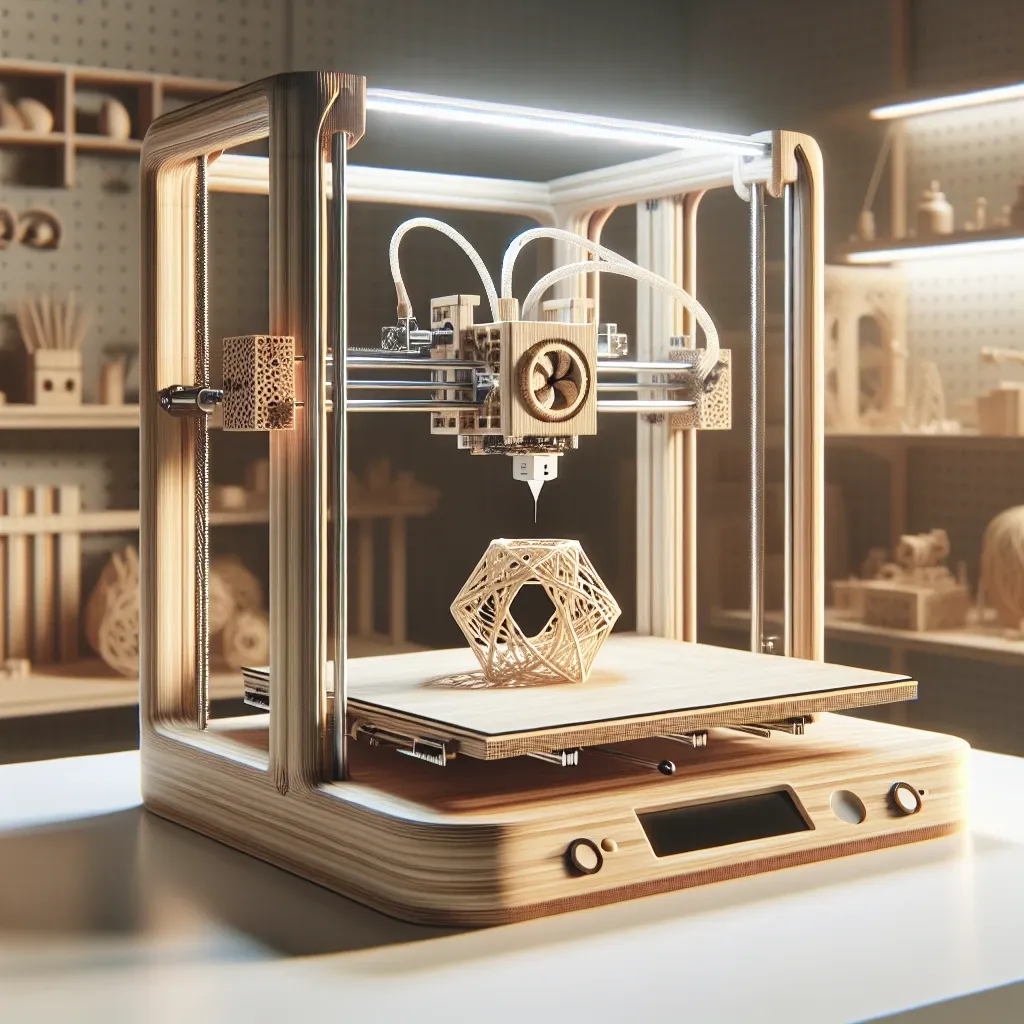Introduction to Bamboo 3D Printers
Bamboo 3D printers represent a significant advancement in the world of additive manufacturing. These printers utilize eco-friendly materials and are designed to be efficient and accessible for both hobbyists and professionals. In this article, we will explore the features, benefits, and applications of bamboo 3D printers.
What is a Bamboo 3D Printer?
A bamboo 3D printer is a type of 3D printer that uses bamboo filament, a sustainable and biodegradable material, as its primary printing medium. This type of printer operates on the same principles as traditional 3D printers, employing a process known as fused deposition modeling (FDM) to create three-dimensional objects layer by layer.
Key Features of Bamboo 3D Printers
- Eco-Friendly Materials: Bamboo is a renewable resource, making bamboo filament an environmentally friendly option in the 3D printing space.
- High Precision: Many bamboo 3D printers are equipped with advanced technology that allows for high-resolution printing, resulting in intricate designs.
- User-Friendly Interface: Most modern bamboo 3D printers come with intuitive interfaces, making them accessible to users of all skill levels.
- Customizable Designs: Bamboo printers often allow for flexibility in design, enabling users to print custom models tailored to their needs.
Benefits of Using Bamboo 3D Printers
Switching to bamboo 3D printing can offer numerous advantages:
- Sustainability: Bamboo grows quickly and requires less land compared to traditional lumber sources, reducing the environmental impact.
- Durability: Products made from bamboo filament can be quite strong, making them suitable for functional applications.
- Cost-Effectiveness: Bamboo filament is often more affordable than other specialized 3D printing materials, lowering overall production costs.
Applications of Bamboo 3D Printing
Bamboo 3D printers can be utilized in various industries:
- Product Prototyping: Designers can create sustainable prototypes, contributing to environmentally conscious product development.
- Architectural Models: Architects can utilize bamboo 3D printing to create detailed and lightweight architectural models.
- Educational Purposes: Schools and universities can implement bamboo 3D printers in STEM education to teach students about sustainable manufacturing practices.
Conclusion
Bamboo 3D printers symbolize a step forward in the quest for more sustainable manufacturing processes. Their eco-friendly materials, coupled with advanced printing technology, make them a viable option for a variety of applications. As the demand for sustainable practices grows, bamboo 3D printers are poised to play a significant role in the future of additive manufacturing.

